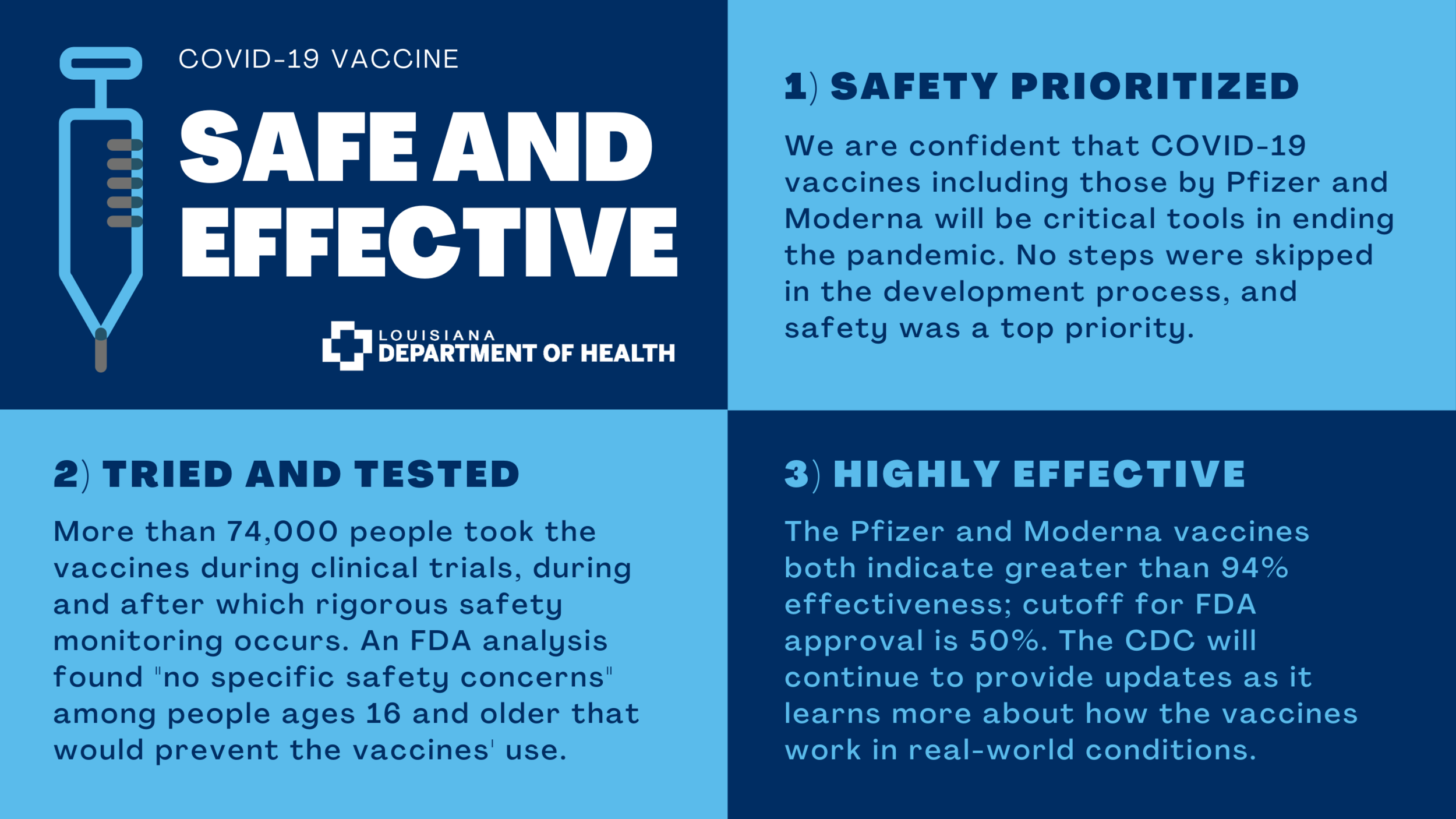January is Cervical Cancer Awareness Month. In recognition of this, let’s take a few minutes to talk about cervical cancer, and the ways to prevent it. Did you know that at one time cervical cancer was one of the leading causes of cancer deaths in the United States? However, in the last 40 years, these numbers have been cut in half due to vaccines and cancer screenings.
Scientists discovered that HPV, or Human Papilloma Virus infections that last a long time greatly increase the risk of cancer. HPV is an infection passed through sexual activity. Your risk for HPV is increased when you have more than one partner, but anyone who has ever had sex (even once!) is at risk for HPV. There are a lot of different types of the HPV virus. Some cause genital warts and some cause cancer. Fortunately, there is a vaccine that can protect us against several of the HPV strains that are most likely to cause cervical, vulvar, vaginal, anal, and penile cancer. According to American Cancer Society (ACS), the HPV vaccine protects against the types of HPV that cause 90% of cervical cancers. Ninety percent - now, that’s worth talking about!!
Ask your healthcare provider about being immunized today. The HPV vaccine was originally given only to teens; however, the Centers for Disease Control and Prevention (CDC) has advised that even more people should get vaccinated. The CDC now says that anyone age 26 or younger should get the vaccine. Folks ages 27 - 45 should talk to their health care provider to learn if the HPV vaccine could benefit them as well. Getting regular pap smears can also greatly decrease your risk for invasive cervical cancer. Cervical cancer is one of the slowest-growing cancers, and routine screening can help to see worrisome changes in the cervix before these changes become cancer. Other things that increase your risk for cervical cancer include cigarette smoking, a depressed immune system (which can be caused by living with HIV, certain medications or other conditions), and a high number of childbirths.












